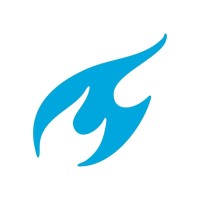
Delft University of Technology
Delft University of Technology (TU Delft) is a leading technical university in the Netherlands, known for our world-class engineering, science and design education. We offer top-ranked education and PhD programmes, and we conduct cutting-edge research that addresses global challenges. TU Delft plays a key role in innovation, interdisciplinary collaboration, and the development of future-proof, knowledge-driven solutions. As the largest and most complete university for engineering sciences in the Netherlands, TU Delft educates nearly half of all Dutch science and engineering students. Almost one hundred percent of our graduates secure employment within one year. Our goal is to remain a global leader in technical education and to continue to contribute to a knowledge-driven, future-proof economy.






